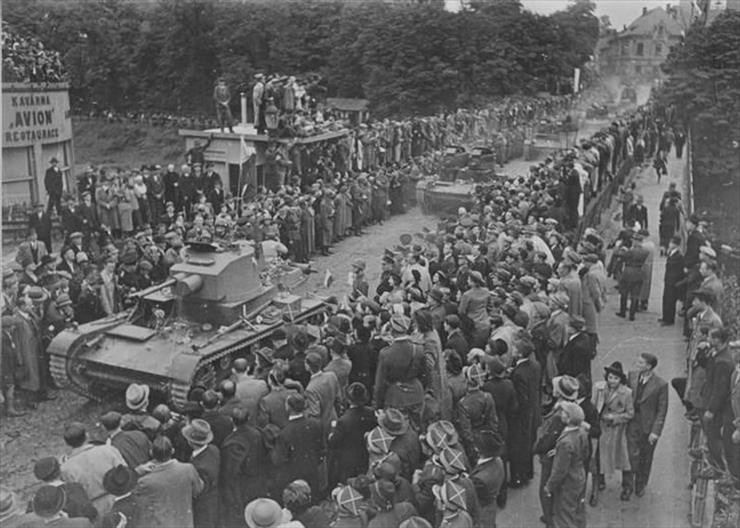
Army of Poland [1921-1939]

Black Brigade - Part II. "1940 - French Intermezzo"

Black Brigade - Part III. "1944 - From Normandy to Germany"

Fall Weiss in Těšín area
On September 1, 1939, a small but industrially important part of Czechoslovakia from Bohumín to Jablunkov on the left bank of the Olza River, which was occupied by Poland and became part of it, did not witness fierce fighting on September 1, 1939. Despite its economic importance, the Poles did not intend to defend it steadily, but preparations for World War II and the course of its first day were recorded in municipal chronicles, Polish historiography, as well as in German war documents.

The Polish units with a swastika in the emblem

Central military authorities

High Command

Infantry

Artillery

Cavalry

Signal Corps

Armoured and motorised corps

Engineers

Military Police

Air Force

Navy
Join us
We believe that there are people with different interests and experiences who could contribute their knowledge and ideas. If you love military history and have experience in historical research, writing articles, editing text, moderating, creating images, graphics or videos, or simply have a desire to contribute to our unique system, you can join us and help us create content that will be interesting and beneficial to other readers.
Find out more